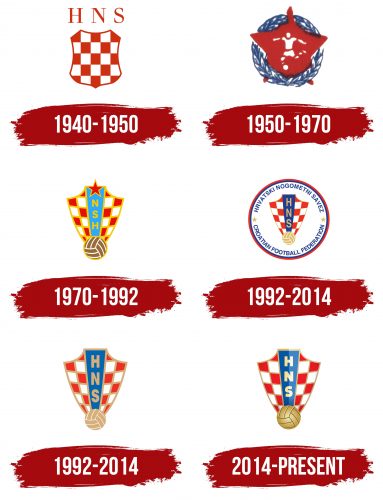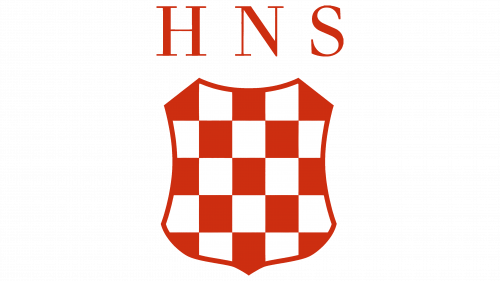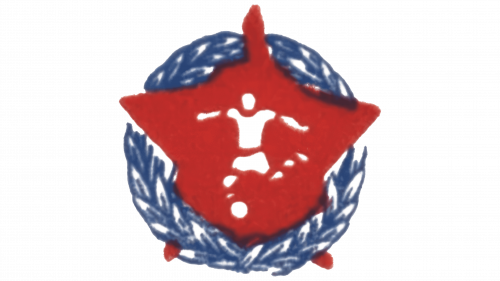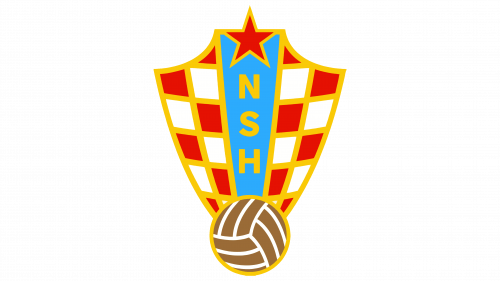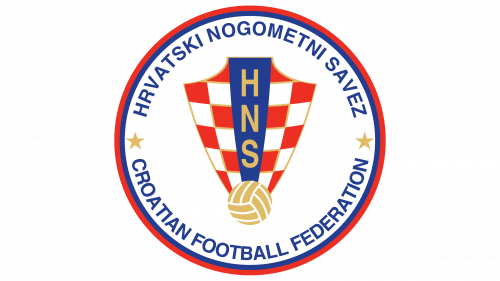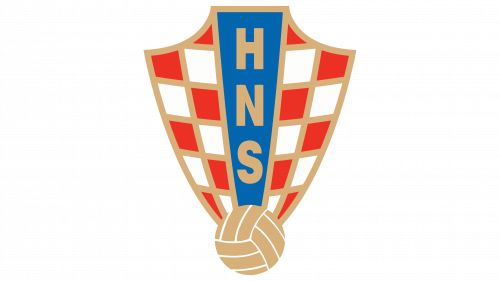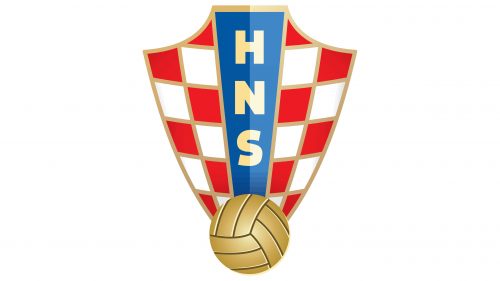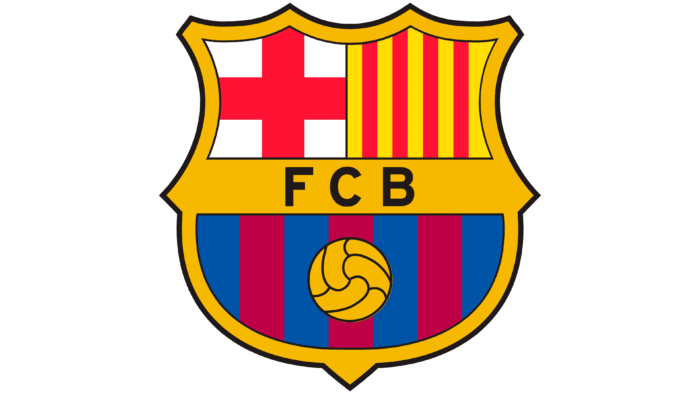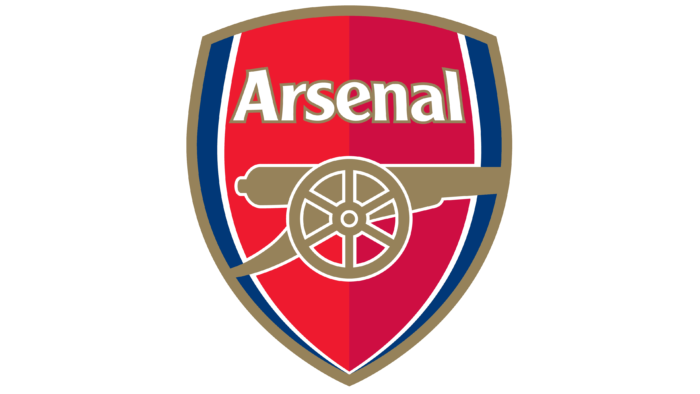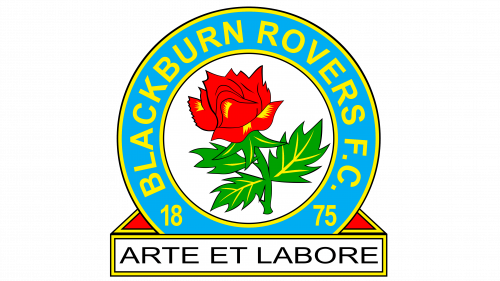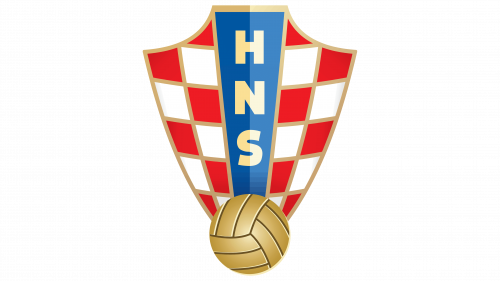 Croatia National Football Team Logo PNG
Croatia National Football Team Logo PNG
The Croatian National Football Team logo is as bright as championship trophies and gold cups. The emblem seems to invite play and reflects readiness for competition. It combines national identity with sports elements, forecasting many victories for the team.
Croatia National Football Team: Brand overview
The tale of the Croatian national football team is a remarkable journey of a small nation carving its name into the world football stage. Founded in 1912, during the Austro-Hungarian Empire era, the Croatian Football Federation waited until 1991, post-Yugoslavia dissolution, to establish its independent national team.
Following independence, Croatia sought global recognition through football. Initial challenges included inadequate infrastructure and limited sports funding, yet Croatian players showcased extraordinary passion and determination. The team played its first official match in 1994 against the USA, marking its international debut. Despite limited experience, Croatia quickly gained attention by defeating strong teams like Italy and Ukraine in preliminary competitions, captivating fans with spirited performances.
Croatia’s breakthrough occurred in 1998 when it qualified for its first World Cup in France. Under legendary coach Miroslav Blažević, the team featured stars like tenacious defender Slaven Bilić, creative playmaker Robert Prosinečki, and prolific forward Davor Šuker. Expectations were modest, yet Croatia surprised everyone, advancing through the group stage with fast-paced, attacking football. Facing England in the Round of 16, Croatia emerged victorious after a tense match and penalty shootout, with Šuker securing the decisive goal.
This monumental victory in their debut World Cup created a sensation. Although France eventually stopped Croatia in the semifinals, their third-place finish was an extraordinary achievement for the young Balkan team. The world noticed Croatian football, marked by its passionate, fearless, and entertaining style. Croatia’s inventive attacking play, featuring trademark diagonal runs by the full-backs into the box, became their hallmark. 1999 Croatia earned bronze medals in the King Fahd Cup, further solidifying their status.
Throughout the 2000s, Croatia maintained a regular presence in major tournaments. Key players during this era included Darijo Srna, Niko Kovač, and young midfield maestro Luka Modrić. Croatia consistently reached the World Cup and European Championship finals despite occasional qualifying round struggles.
2018, Croatia reached another pinnacle, making it to the World Cup final. Led by Luka Modrić and coach Zlatko Dalić, Croatia faced France in the final of the 2018 World Cup in Russia. Although they lost, reaching this stage was unprecedented for the independent Croatian team. This marked the zenith of Croatian football history, with fans worldwide admiring the team’s unique and passionate style.
Impressed by Croatia’s talent development, Real Madrid established a football academy in the country. After the success of the 2018 World Cup, the team underwent a generational shift. Today, Croatia remains one of Europe’s strongest national teams, consistently ranked in the top 20 of the FIFA rankings. The challenge ahead is to maintain their high status and build on the success of the 2018 World Cup.
Croatia, a relatively young footballing nation, has already achieved remarkable feats on the global stage, and the future looks bright for this passionate and determined team.
Meaning and History
What is the Croatia National Football Team?
The Croatia National Football Team represents Croatia in international football competitions. Managed by the Croatian Football Federation (HNS), the team has achieved notable success since its inception, quickly becoming a respected force in international football. Known for their technical skill, tactical intelligence, and resilient spirit, Croatian players have significantly impacted major tournaments. The team’s distinctive red and white checkered jerseys and passionate supporters highlight their national pride. Croatia’s footballing achievements and dedication to the sport have earned them a prominent place in the global football community.
1940 – 1950
In 1940, an unofficial national team was organized, continuing its activities during World War II. The team’s emblem featured a shield with the national red-and-white checkerboard pattern. This design, called šahovnica, includes the historical colors of the Kingdom of Croatia from the 15th century. The choice highlights patriotic feelings and the country’s desire for independence.
Above the shield is the abbreviation HNS, representing the Croatian Football Federation. Establishing a dedicated organization underscores the country’s interest in football and its aspiration to compete internationally.
1950 – 1970
After Croatia rejoined Yugoslavia at the war’s end, the countries had a unified national football team. The logo of that time featured communist symbols: a wreath from the USSR coat of arms and a star. These figures represented leadership and victories.
The main element of the logo, an image of a footballer kicking a ball, was at the center. This drawing connected the emblem to the sport, even against a backdrop of communist values.
Blue, red, and white—the primary colors of the country’s tricolor—indicated the unification of Croatia, Slovenia, and Dalmatia.
1970 – 1992
For the first time, the logo features a sturdy shield that will appear in the team’s identity for many years. The checkerboard pattern, a symbol of national identity, also suggests speed, evoking the imagery of a racing flag.
The composition centers on a blue pennant with the organization’s name, HNS. The emblem and the inscription match the federation’s logo.
A gold star at the top symbolizes high goals and achievements, hinting at communist ideals. The yellow border around all elements adds a touch of vitality and friendliness.
A soccer ball is placed in front of the shield as the main element of the composition.
1992 – 2014
Since the country’s independence, the football team and the football federation have become autonomous and legal organizations. The team’s logo is designed in the national colors of red, blue, and white, matching the tricolor of the Croatian flag.
The logo’s round shape resembles a medal with red and blue trim. Around the edge is the name “Hrvatski Nogometni Savez” in Croatian and English, separated by two stars. The use of two languages emphasizes openness and a desire for international cooperation.
The central part of the logo retains the previous shield design. The circular sphere appears as a protective dome over the young sprouts of the new Croatia. The emblem shows a commitment to nurturing and developing successful athletes.
1992 – 2014
The team continues to use the shield and ball symbol, representing courage, skillful play, and a deep love for the sport. The main change involved removing the socialist stars and transforming all the outlines from yellow to bronze. After gaining membership in FIFA and UEFA, the team had high hopes for future victories and achievements on an international level. The bronze outline and ball symbolize the anticipated successes and the bright future ahead.
2014 – today
The country’s 2014 logo shines brightly. The team was actively preparing for the World Cup, where they won several matches and secured third place in the group stage. The symbol retains a general resemblance to previous logos, adding elements of pride and confidence in the future. The shield features gold trim, with the ball and inscription made of pure gold. The emblem looks like a trophy, celebrating the evolution of Croatian football and the growth of the players’ skills.
